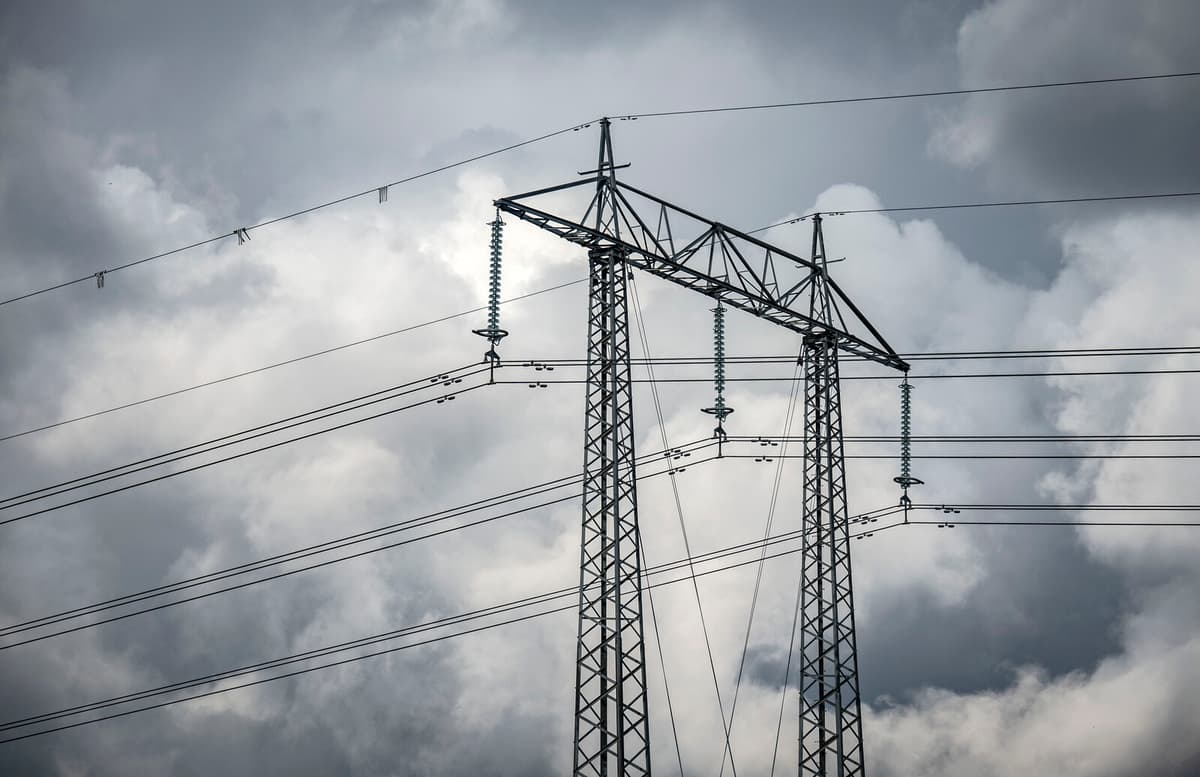Beside the pure electricity prices, the electricity grid fees have also been in the spotlight for a long time. The price increases have sometimes been high. Just in the last three years, the country's electricity grid companies have raised prices by an average of 10, 5 and 10 percent respectively, according to statistics from Nils Holgersson, a group of housing organizations that annually measure prices.
Thousand billion
Since the electricity grid companies operate on natural monopoly markets, it is the authority, the Energy Market Inspectorate (EI), that sets the framework for how much they can raise them. At the same time, the country's electricity grid needs to be expanded, with up to 1,000 billion kronor in the coming 20 years, according to the companies themselves. So for the regulatory authority, it's about finding a balance.
After a relatively failed regulation, EI has lost in court against the companies on several occasions, while prices have skyrocketed, the authority is again tightening the regulatory framework for the period 2028-2031. How the new rules will affect the fee is unclear. But the increase in the so-called revenue caps, which govern how much the companies can raise the fee against customers, will be somewhat less than it would have been with the old rules, according to Tommy Johansson, head of the Energy System department at EI.
Become "somewhat lower"
It's far from being about any price reductions, rather a slowed-down increase.
EI has calculated what the new rules would have meant for the companies' revenue caps during the current period, 2024-2027. The increase was up to 40 percent.
It would have become "somewhat lower", says Tommy Johansson without being able to specify more.
Now EI is just waiting for clearance from the government, which has announced a proposal this fall that will give the authority a mandate to make the changes.
Olle Lindström/TT
Facts: How the new rules affect
TT
The Energy Market Inspectorate points to four major changes in the new regulation of revenue caps - caps that determine the companies' ability to increase the electricity grid fee.
The electricity grid companies will value their existing electricity grid assets at acquisition value. Today, they are valued at market value according to a norm- and index calculation, which makes them overvalued, something that adds to the revenue cap, according to EI.
In addition, the electricity grid companies will not be allowed to include connection fees, which customers have paid, in the valuation of their assets. As it is today, one can simply say that the companies get paid for an investment that someone else has paid for.
The calculation of the return on capital that the electricity grid companies are allowed to make will change. It will instead be based on historical data.
Stronger incentives for cost-effectiveness. Working with new technology and smarter solutions will pay off. Comparisons will be made between companies.
Source: Energy Market Inspectorate





